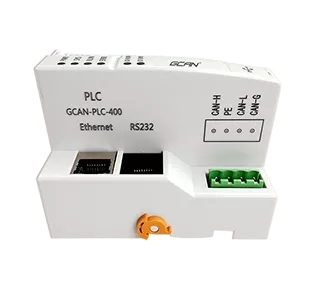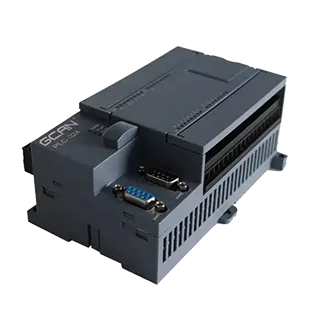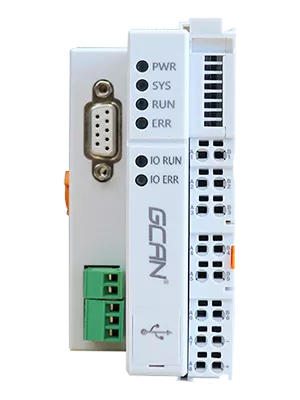Although PLC (Programmable Logic Controller) instructions vary from manufacturer to manufacturer and model to model, some instructions are relatively universal. Here are some common and relatively common PLC instructions, and their brief descriptions:
1. Logic instructions
LD (Load): Load operands to the accumulator.
LDI (Load Inverse): Load the inverse of the operand to the accumulator.
OUT: Output the value of the accumulator to the specified address.
AND (And Logic): If both the accumulator and the operand are true, the accumulator remains true.
ANI (And Logic Inverse): If the accumulator is true and the operand is false, the accumulator is set to false.
OR (Or Logic): If at least one of the accumulator or the operand is true, the accumulator is set to true.
ORI (Or Logic Inverse): If the accumulator is false and the operand is true, the accumulator is set to true.


2. Timer/Counter Instructions
TMR (Timer): Start or reset a timer.
CNT (Counter): Counts the number of input events.
3. Data transfer instructions
MOV (Move): Moves data from one address to another.
CMP (Compare): Compares the values of two operands and stores the result at the specified address.
4. Arithmetic instructions
ADD (Addition): Adds two operands.
SUB (Subtraction): Subtracts one operand from another.
MUL (Multiplication): Multiplies two operands.
DIV (Division): Divides one operand by another.
5. Shift and loop instructions
SHL (Shift Left): Shifts data to the left by a specified number of bits.
SHR (Shift Right): Shifts data to the right by a specified number of bits.
ROL (Rotate Left): Circularly shifts data to the left.
ROR (Rotate Right): Circularly shifts data to the right.
6. Control flow instructions
MC (Master Control): Starts a master control block.
MCR (Master Control Reset): Ends a master control block.
JMP (Jump): Jumps to another location in the program.
CALL (Subroutine Call): Calls a subroutine.
RET (Return): Return from a subroutine.
7. Conversion instructions
BCD (Binary-Coded Decimal): Convert a binary number to BCD code.
BIN (Binary): Convert a BCD code or other format to a binary number.


8. Special function instructions
NOP (No Operation): No operation instruction, usually used to fill program space or provide time delay.
END (End): Program end instruction.
9. Communication instructions
Although the specific communication instructions vary depending on the model and manufacturer of the PLC, instructions for establishing, maintaining, and terminating communication connections are generally provided, such as the send (SEND) and receive (RECEIVE) instructions.
Notes
(1) Different PLC manufacturers and models may use different instruction sets and naming conventions.
(2) When writing a PLC program, you should refer to the programming manual and reference documents of the specific PLC to ensure the correct use of instructions.
(3) Some advanced or special instructions may only be available in specific models of PLCs.
If you need a PLC controller, you can call me at 008613644001762.
